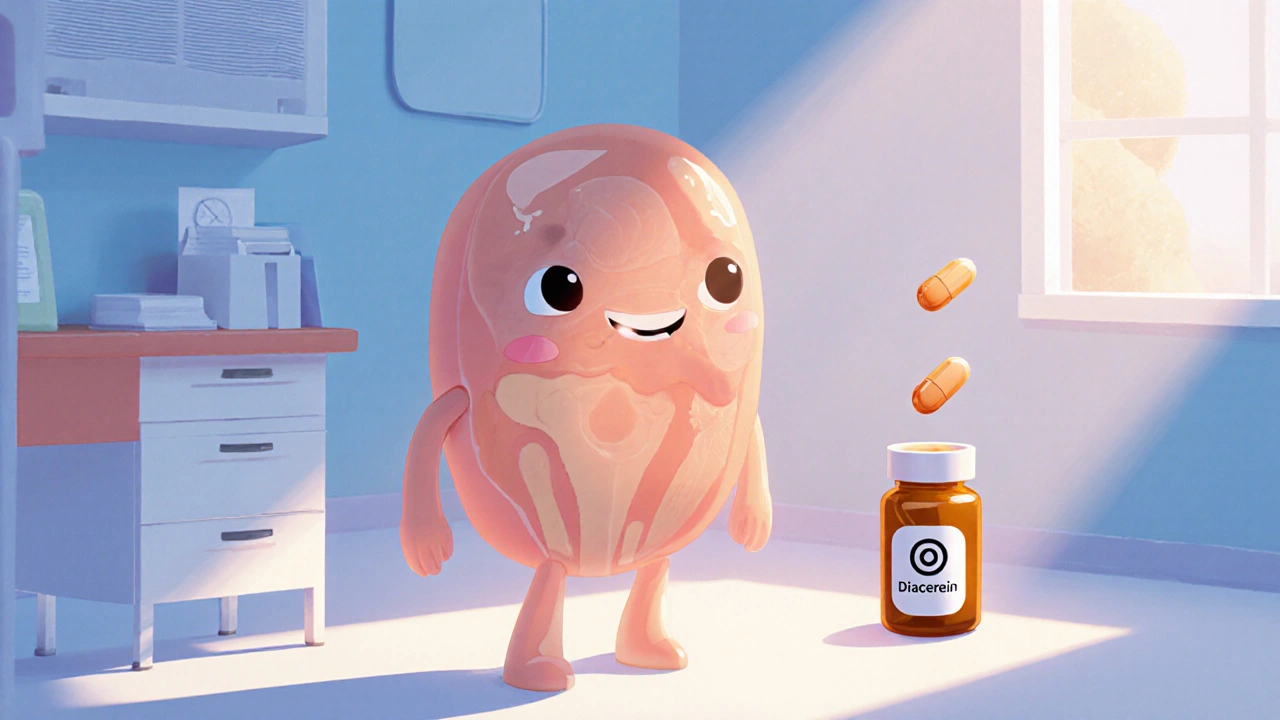Osteoarthritis: Causes, Management, and What You Can Do Today
When your knees, hips, or hands start aching after walking or gripping something, it’s often not just aging—it’s osteoarthritis, a degenerative joint disease where the protective cartilage between bones wears down over time. Also known as degenerative joint disease, it’s the leading cause of chronic pain in adults over 50, but it’s not unavoidable. Unlike rheumatoid arthritis, which is autoimmune, osteoarthritis is mechanical: it happens because joints are overused, injured, or under-supported.
This condition doesn’t just hurt—it limits. You might notice stiffness after sitting too long, a grinding feeling when you move, or swelling that comes and goes. The cartilage damage, the breakdown of the cushion between bones is irreversible, but the pain and loss of motion? That’s where you have control. Lifestyle changes, targeted exercise, and even simple over-the-counter options can slow progression and keep you moving. It’s not about curing it—it’s about managing it so it doesn’t manage you.
Many people think osteoarthritis only affects older folks, but it’s increasingly common in younger adults who’ve had sports injuries, work on their feet all day, or carry extra weight. The joint pain, the persistent discomfort that worsens with activity is often mistaken for "just a bad knee," but it’s a signal. Ignoring it makes things worse. The good news? Small, consistent actions—like strengthening the muscles around the joint, losing even 5% of body weight, or using heat/cold therapy—can cut pain in half for many people.
You won’t find a magic pill for osteoarthritis, but you will find real options. Some people benefit from glucosamine or topical creams. Others need physical therapy or braces. In advanced cases, injections or surgery are considered—but most don’t get that far if they act early. The posts below cover exactly what works, what doesn’t, and how to avoid common mistakes like over-relying on painkillers or skipping movement out of fear. Whether you’re just noticing stiffness or you’ve been living with this for years, you’ll find practical, no-nonsense advice here—no fluff, just what helps real people stay active.

